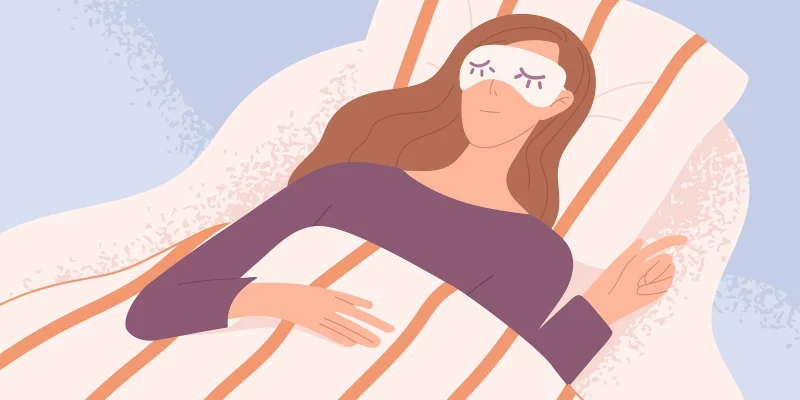
When I’m caring for patients in the emergency department and ask them to rank their pain on a scale of 1 to 10, I sometimes get a response of 11 or higher. Or, I’ll have patients ask for “real” medications when I offer non-narcotic medications. Medical school did not prepare me for these situations. I did not learn until much later in my career about how complex pain is, about the risk and benefits of opioids, or about the evidence supporting alternative treatments for pain and multidisciplinary patient-centered approaches.
Looking back to nearly 20 years ago, the opioid epidemic first began in 1999 with an increase in deaths involving prescription opioids such as hydrocodone, oxycodone, and morphine. By 2015, an estimated 3.8 million people were misusing pain relievers and this has also evolved into illicit opioid use. By 2016, we were seeing record drug overdose deaths with more than 42,000 involving opioids in that year alone.
How did we get here?
There’s not a simple answer, but there was a dramatic increase in the acceptance and use of prescription opioids for the treatment of chronic, non-cancer pain. From 1999–2015, U.S. sales of prescription opioids quadrupled, yet we don’t have sufficient evidence that opioids effectively control chronic pain, and there is growing concern about the serious risks of addiction and overdose related to these drugs. Research has shown that other treatments, such as exercise therapy and nonsteroidal anti-inflammatory medications, can be more effective for treating certain chronic conditions with fewer risks. And practice settings, such as in my experience in a busy ED, are often not conducive to longer conversations and evaluations of patients necessary to risk stratify and consider treatment alternatives.
Drug overdoses have dramatically increased, nearly tripling over the last two decades, and we now know that prescription opioids are a driving factor in the 16-year increase in opioid overdose deaths. The opioid overdose epidemic is now affecting people in every corner of the country. And as the crisis continues to evolve, it has led to new problems, including hepatitis infections among injection drug users, increases in babies born with neonatal abstinence syndrome, and a drop in U.S. life expectancy for the first time since the height of the AIDS epidemic in 1993.
To address the high prescribing in the US and prevent additional people from getting addicted, CDC developed its Guideline for Prescribing Opioids for Chronic Pain. It offers 12 recommendations to help primary care doctors treat adult patients for chronic pain in outpatient settings. The Guideline helps:
To make it easier for clinicians to implement the Guideline, CDC developed interactive trainings that offer continuing medical education and a mobile app.
Since its release in 2016, the Guideline has helped shape the national dialogue around the treatment of chronic pain. Upon release, the Guideline was supported by 60 medical schools and 190 nursing schools. Twenty-two medical societies have also issued statements of support for the Guideline. Eighteen states have implemented the Guideline or modified their existing guidelines to be consistent with CDC. In addition, many large insurers are aligning policies to be consistent with the Guideline and alerting network physicians if their prescribing patterns are not consistent with the Guideline. High rates of prescribing are not the only driver — we must also address mental health, adverse childhood experiences, and socioeconomic issues that contribute to this epidemic.
As an emergency physician, I’ve incorporated CDC’s Guideline into my work. I take into account each patient’s individual needs and work with her or him to weigh the benefits and risks of opioid use. The Guideline is a practical approach to helping doctors and patients work together to manage chronic pain in a safer, more effective way.
Dr. Deb Houry is the Director of the CDC’s National Center for Injury Prevention and Control.







